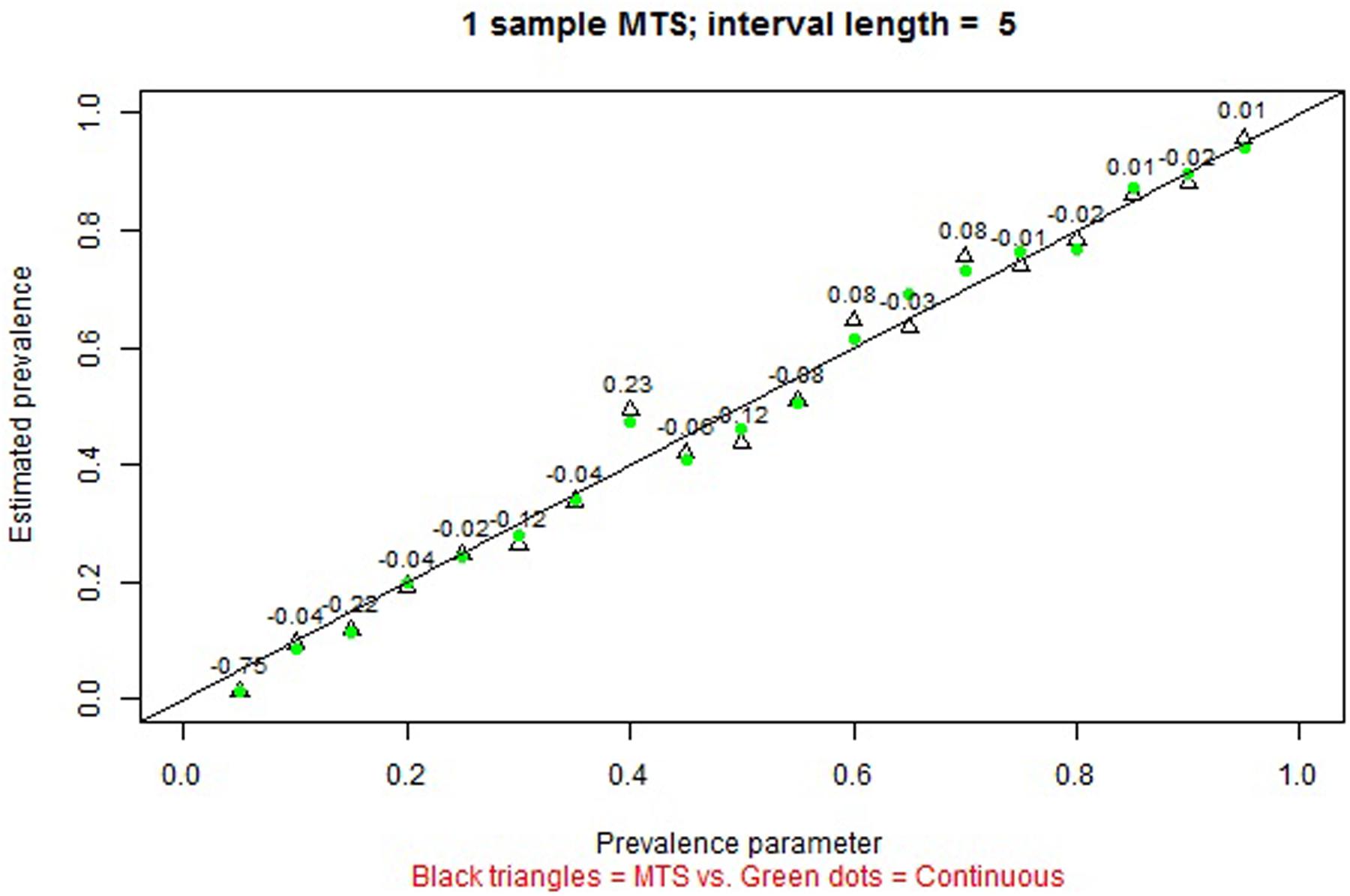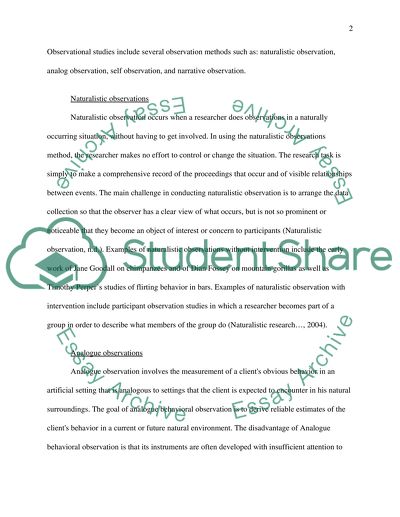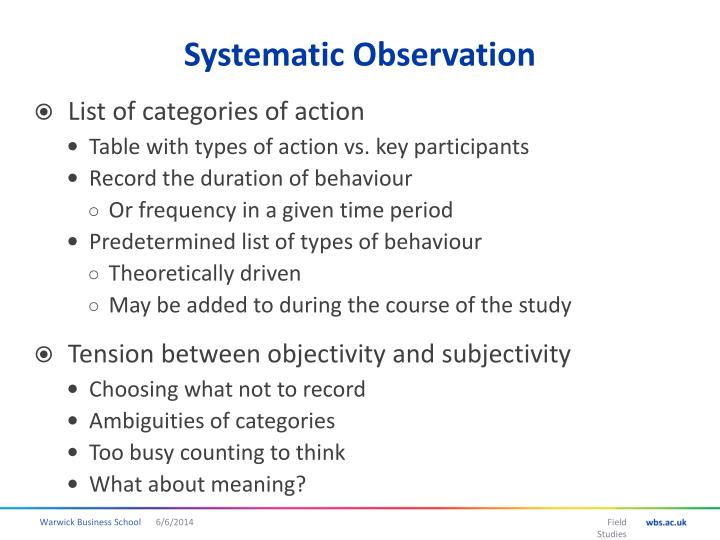

When possible, checklists should be made available in the person's native language to obtain the most accurate information.

For individuals who speak a language other than English in the home, the clinician needs to gather detailed information about use of the primary language and English. self-report) may be compared to obtain a comprehensive profile of communication skills. Findings from multiple sources (e.g., family vs. Parent, teacher, and self-report measures include rating scales, checklists, inventories, and questionnaires completed by the family members/caregiver, teacher, or individual. In such cases a clinician can use available standardized language assessments for children who speak languages other than English. See cultural responsiveness and bilingual service delivery. Standard scores cannot be reported when the assessment has been translated. Translation of a standardized assessment invalidates the results.

It is essential to consider the language spoken and/or dialect used by the child before selecting a standardized assessment. Standard scores should not be determined if the norming sample does not adequately represent the individual being assessed. In addition, standardized tests should be culturally and linguistically appropriate. Selecting and Interpreting Standardized AssessmentsĬoexisting disorders or diagnoses are considered when selecting standardized assessment tools, as deficits may vary from population to population (e.g., ADHD, TBI, ASD). It is possible, and in fact desirable, for an individual to pass or earn a perfect score on a criterion-referenced test.Ĭriterion-referenced procedures can also be developed informally to address specific questions (e.g., understanding of wh- questions, automatic recognition of grade-appropriate words in print) and to assess response to intervention (RTI). In educational settings, criterion-referenced tests may be used to assess whether the student has learned a specific body of knowledge. Criterion-Referenced TestsĬriterion-referenced tests are standardized tests that measure an individual's performance against a set of predetermined criteria or performance standards (e.g., descriptions of what an individual is expected to know or be able to do at a specific stage of development or level of education). For example, an individual who scores in the 90th percentile has performed as well as or better than 90% of other test takers of the same age or grade level (i.e., those in the norming group). A norm-referenced score is typically reported as a percentile ranking. Using a norm-referenced test makes it possible to compare an individual's score(s) with those of a large group of statistically selected individuals-usually of the same age or grade level-who have already taken the test. Norm-referenced tests are standardized tests designed to compare and rank test takers in relation to one another. There are two types of standardized assessment instruments: norm-referenced and criterion-referenced. A standardized test is one that requires all test takers to answer the same items/questions in the same way and that is scored in a standard or consistent way, thus making it possible to compare the relative performance of individuals or groups of individuals. Standardized assessments are empirically developed evaluation tools with established statistical reliability and validity. Clinicians select the most appropriate method(s) and measure(s) to use for a particular individual, based on his or her age, cultural background, and values language profile severity of suspected communication disorder and factors related to language functioning (e.g., hearing loss and cognitive functioning). Following is a list of assessment tools, techniques, and data sources that can be used to assess speech and language ability.


 0 kommentar(er)
0 kommentar(er)
